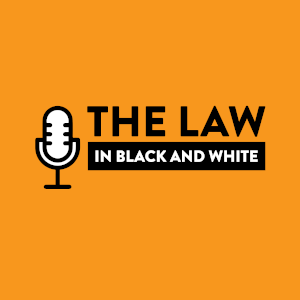By: Kayla Cruz
How New York Policymakers Are Handling the Impending Covid-19 Moratorium Lift

While there has been consistent discussion around the Covid-19 housing boom and the rise of millennial home ownership, for many, this is the beginning of major loss and devastation. For two years, a federal housing moratorium has protected thousands without alternative housing from eviction during a historical event.
In August 2021, the Supreme Court effectively ended the eviction moratorium after finding that the Centers for Disease Control and Prevention (CDC) exceeded its authority by extending the moratorium to July 31, 2021. Because Congress took no further action to address the housing crisis, the moratorium expired, and states are faced with addressing what could become extreme homelessness.
New York’s Eviction Moratorium
On September 2, 2021, Governor Kathy Hochul signed into law a new moratorium to stop evictions until January 15, 2022. With the deadline rapidly approaching, New Yorkers scrambled to figure out their next move and look to the state legislature for answers. Some advocates have pushed the Good Cause Eviction Bill that would prevent landlords from denying tenants a lease renewal without good cause. Section 214 of the bill sets forth the conditions under which a lease renewal may be denied. Some of these conditions include failure to pay rent, committing a nuisance, using the premises for an illegal purpose, and violating a substantial obligation of the tenancy. Currently, the bill is up for review. Although it will do the job of preventing landlords from evicting tenants to make a larger profit, the future remains uncertain for those facing financial crisis and unable to make rent payments.
Alternatively, lawmakers say that renters should rely on the Tenant Safe Harbor Act that Governor Cuomo signed into law. Under the Act, residents cannot be evicted for unpaid rent accrued during the Covid-19 crisis. The “crisis” coverage period is yet to be determined, but the Act is a step in the right direction. Although officials are creating more protections for New Yorkers, true recovery may not exist for several years to come.
Future Impact: Another Impending Housing Crisis?
Historically low interest rates, the need for more space, and thriving savings have contributed to the housing boom by giving millennials greater leverage. For example, statistical data shows that millennial homeownership hovered around 47.9% during the pandemic, while other age cohorts had declining participation rates. Still, a large percentage of those millennial homebuyers range from ages 35 to 40. For the rest, student loan debt and stagnating wages makes renting a more viable option.
Rapidly declining housing availability and affordability are leading to housing insecurity that will undoubtedly affect low-income populations and will potentially have deleterious effects on the economy as a whole. Furthermore, racial gaps continue to widen with Black and Latino Americans having little resources to weather the economic storms.
Conclusion
The recent housing boom, and resulting housing doom, has alerted many economists to a need for restructuring and change. The consequences of Covid-19 among varying populations have contributed to an already steep income inequality gap. For example, people who had jobs that could make the switch to remote work were much more insulated from job and housing loss. Conversely, more than 22 million people with in-person, low-paying jobs have suffered financial loss since early 2020. However, raising wages may be one solution to closing income gaps and reducing housing insecurity. People would be more equipped to pay their housing costs and other personal expenses.




